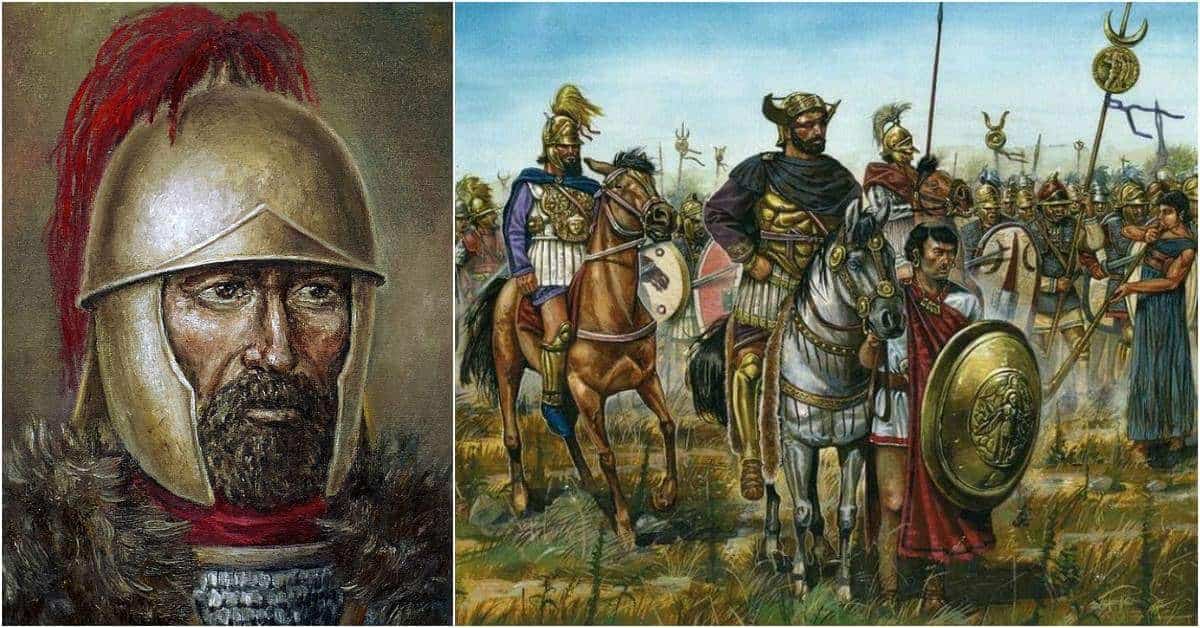Hannibal Barca was one of the greatest generals of the ancient world and came close to destroying Rome long before it became an empire. He was born in Carthage in 247 BC and his father, Hamilcar, was one of the leading generals in the First Punic War. It was during the Second Punic War where Hannibal made his name. Incredible victories at the Trebbia, Trasimene, and Cannae meant that Rome was on the verge of defeat.
Although he couldn’t finish the job, he continued to display his remarkable leadership throughout the war and thereafter. In this article, I look at ten interesting facts about the legendary Hannibal Barca.
1 – ‘Barca’ Means Lightning Flash
Hannibal’s father, Hamilcar, was also an outstanding military commander and became known for his lightning-fast raids on enemy territory. He fought against Rome during the First Punic War (264 – 241 BC) and led the Carthaginian land forces in Sicily during the last six years of the conflict. Early in the war, the Carthaginians had been surprised by the ferocity of the Roman legions and decided to change tactics.
Rather than fighting open battles, they elected to utilize guerrilla warfare tactics which involved harassing isolated Roman garrisons and cutting off supply lines. While Hamilcar didn’t come up with the tactic, he absolutely mastered it, and the Romans feared him because of his ability to conduct quick-fire raids in and around Sicily. The speed of these attacks earned him the nickname Baraq (Barca) and the new surname was passed on to Hannibal.

‘Baraq’ translates into either ‘lightning flash’ or ‘sword flash’ and Hannibal was certainly deserving of the name throughout his military career. His speed of thought and action was very apparent during the Second Punic War. In Epitome of the Histories, second century AD Roman historian, Annaeus Florus, compared Hannibal and his men to a lightning bolt. The Romans were probably shocked that he was able to cross the Alps let alone do it so quickly.
It was certainly a remarkable undertaking and one that Hannibal knew would strike fear into his enemies. There was also a strategic side to his daring decision. He realized that Carthage was no match for Rome in naval warfare and knew that his only chance of victory was to take the Romans on in land battles. Hannibal probably planned the march for years and used spies and scouts to find the best route. Ultimately, his goal was not just to cross the Alps as fast as possible, but also to have a fit and healthy army ready to take on the might of Rome.

